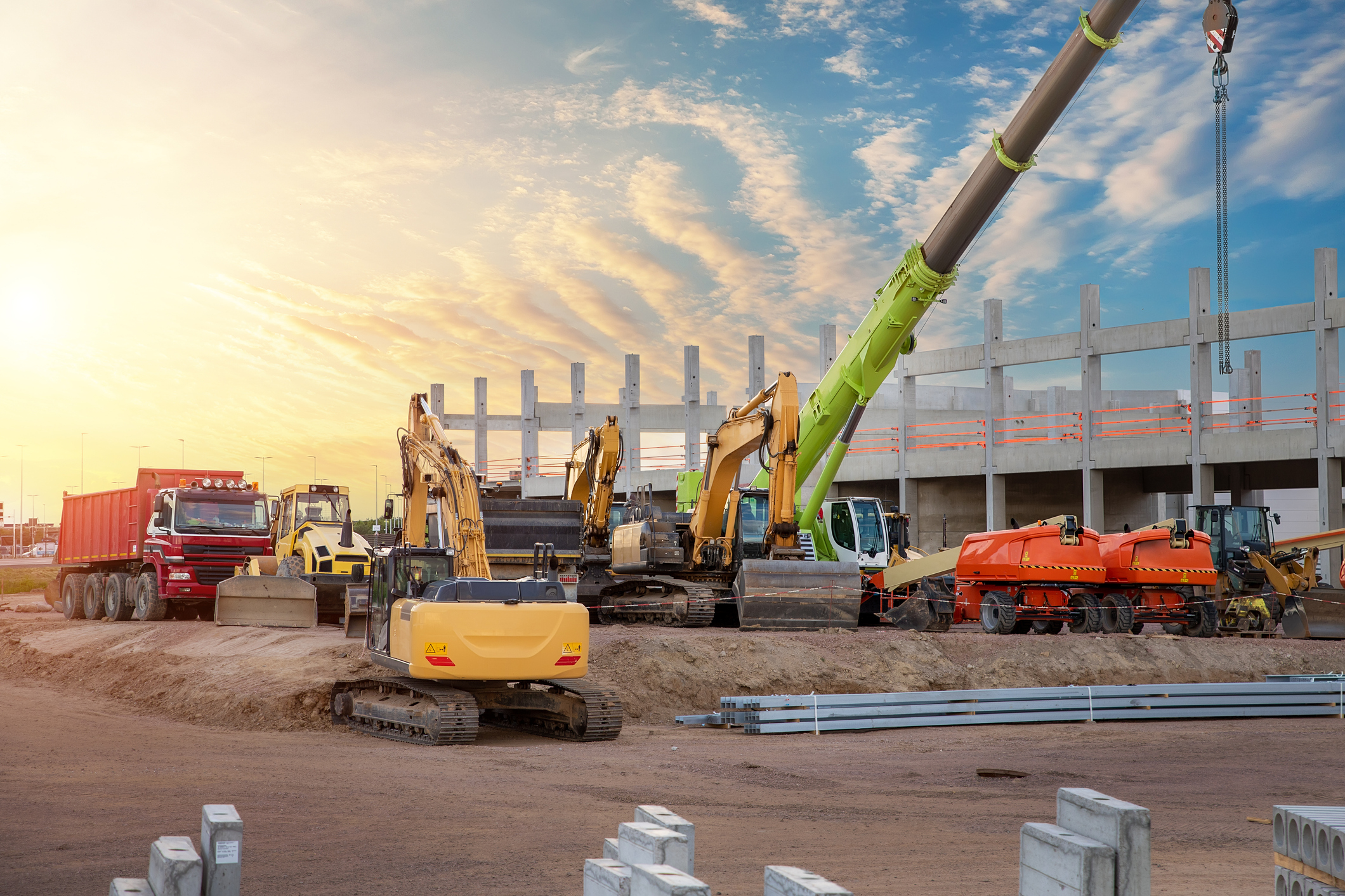Have you ever been driving on the highway and hit a pothole so big you thought for sure your car would not survive it? Or wondered if the pipes carrying the water to your faucet in your crusty pre-war apartment building were made of lead? Let’s not forget how awful it is being so late to work, and then looking up at a monitor to see that your train is delayed due to “technical issues” … again.
Regardless of your experience, we have all wished that things would be fixed. For many years now, America’s infrastructure has been a hot topic in politics. It is no surprise that the infrastructure in this country is aging and in need of significant updates—as evidenced by deteriorating roads and highways, struggling public transit systems, and outdated technology.
Many of these systems were built decades ago and they are facing challenges such as wear and tear and insufficient capacity to meet current demands. These types of failures often lead to the risk of declining safety and quality of life, economic impacts, and environmental consequences.
To address some of these failures, President Joe Biden signed the Infrastructure Investment and Jobs Act of 2021 (the “IIJA” and/or the “Act”) into law on November 15, 2021. The goal of the IIJA is to rebuild and modernize America’s infrastructure, aiming to improve the quality of life for all Americans, and various aspects of the nation’s infrastructure systems, while supporting economic recovery and future sustainability. The act provides approximately $1.2 trillion in funding over eight years to invest in America’s infrastructure—and $550 billion of that money is slated for new investments and programs.
The federal government has acknowledged the need for infrastructure improvements and drafted the IIJA to address a wide range of infrastructure needs across the United States. Here are the key areas of focus:
Transportation
Many of America’s roads, bridges, and public transit systems will be receiving a serious facelift. The IIJA provides funding for significant improvements to roads, bridges, highways, and public transit systems across the entire country. The goal of these improvements is to repair the current aging infrastructure and modernize infrastructure to address congestion and enhance safety and efficiency.
Broadband internet
The government is turning its attention towards broadband internet quality and accessibility. In this ever-connected world, the need to modernize and expand broadband infrastructure across the country to make high-speed internet more accessible, affordable, and equitable for all Americans – especially those in underserved and rural areas – has become of utmost importance. Some of these initiatives will be achieved by laying down new cables, upgrading existing networks, and expanding coverage.
Water infrastructure
Though we may not think about it consciously, access to clean water is a luxury and a necessity. That is why the IIJA addresses the need for water infrastructure revitalization by investing in drinking water and wastewater systems to ensure clean and reliable water supplies. Some of these investments will include repairing and replacing aging pipes and treatment facilities, and replacing lead pipes (especially in urban areas with older infrastructure). Not to mention, the Act will aid in the restoration and protection of vital ecosystems and water resources by improving water quality and conserving natural habitats
Electric vehicles
The IIJA will focus significantly on the transition to electric vehicles in the United States by improving EV infrastructure, promoting accessibility, and advancing EV technology. This will be accomplished by installing EV charging stations along highways, in urban areas, and in rural communities to reduce range anxiety and encourage more people to switch to electric vehicles. The hope is that Americans will have greater support to transition to cleaner transportation options, thereby reducing greenhouse gas emissions to reduce environmental impact, and enhancing energy security.
Resilience to climate change
These days, insurance carriers, producers, and policyholders are feeling the impact of climate change. Insurance is not the only industry impacted by this— now is the time to find solutions to problems resulting from climate change and severe weather events.
That is why funding under the Act has been allocated for investment in projects that prioritize resilience to climate change impacts such as extreme weather, sea level rise and flood control, wildfire mitigation, and increased temperatures. The government plans to achieve these goals through initiatives such as flood mitigation measures, utilizing natural infrastructure, and enhancements to the electrical grid.
Public transit
If you have ever lived or spent time in a major metropolitan area, like New York City, you would know that the public transportation system that is responsible for moving millions of people each day is in need of an overhaul. Most people who use public transit wonder why the same problems continue to occur and why issues never seem to get fixed. Under the IIJA, transit agencies will receive substantial funding to upgrade existing railways, bus networks, and stations. Funding will also be used to purchase new vehicles, improve accessibility, replace outdated equipment, implement new technologies, and expand services. Another initiative involves the integration of public transit with other modes of transportation and infrastructure projects to create an efficient and connected transportation network to be achieved through coordinating transit planning with road and bridge projects, bike and pedestrian infrastructure, and smart city initiatives.
Additional areas of focus
The Act provides additional funding for updates to ports and other waterways, reclaiming abandoned mines, and addressing legacy pollution by cleaning up Brownfield and Superfund sites. Airports will also receive updates (although no promises that flight delays will disappear or that an airline won’t lose your luggage).
How this impacts PIA members
Why is this important to insurance agents? The IIJA is a federal piece of legislation, and therefore it impacts all states, including those within PIA Northeast’s footprint, and touches on extensive areas of insurance, including, but not limited to, auto, homeowners, cybersecurity, and liability.
Therefore, PIA will be releasing a series on infrastructure based on the legislation and the key areas of investment outlined in the Act to update members on the types of infrastructure improvements they might expect and how it will impact the insurance industry. PIA’s goal is to help members anticipate the needs of their clients and help forecast the state of the insurance industry upon completion of these initiatives.
Each of these broad categories of infrastructure to be modernized through this funding has widespread insurance implications and PIA wants to make sure you know all about them. Make sure to follow PIA Northeast News & Media for the continuation of this series.
The series …
PIA infrastructure series: Introduction
Infrastructure series: Bridge the gap: We need solid structures in a world without flying cars
Infrastructure series: Why broadband internet matters more than ever
Infrastructure series: Aviation initiatives are taking flight
Infrastructure series: Transportation spending and its impact on insurance
Infrastructure series: Clean water initiatives and property insurance— the IIJA’s impact

Danielle Caswell, Esq.
Danielle Caswell earned her bachelor’s degree from New York University and her law degree from Brooklyn Law School with a particular focus on intellectual property, information, and media law. Previously, Danielle was an associate at a law firm in New York City where she focused primarily on intellectual property and entertainment-related transactional and litigation matters.





